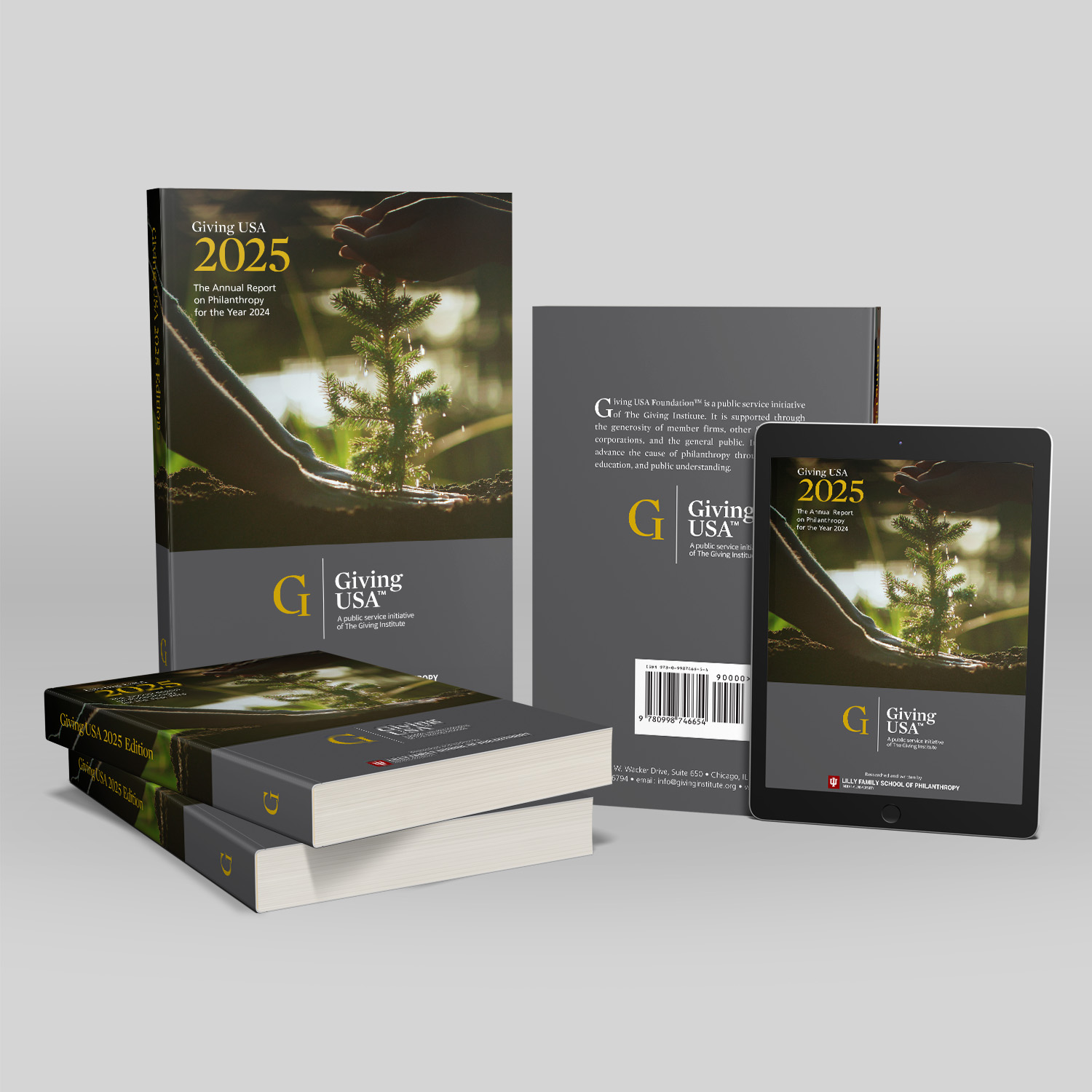
By Bonnie Devlin, Managing Principal & Co-owner, Washburn & McGoldrick, LLC

By Carla Willis, Managing Principal, Washburn & McGoldrick, LLC
As we provide counsel to our clients, we delight in hearing the details of the campaign gifts they are closing, the steady growth of innovative engagement efforts, and the impact of philanthropy on their students, faculty, and campuses. We celebrate and applaud their success. But we also take seriously our role as consultants to anticipate the headwinds our clients may face in 2024. Here are some potential headwinds we are forecasting, and some ways clients can weather them:
- Economic Uncertainty: Particularly the stock market’s volatility, will impact giving in 2024, although opinions vary greatly on this subject. According to US News Money earlier this month “some traders predict a flat or down market in the first half of 2024 due to high inflation, recession fears and rate hikes from the Fed. However, others foresee a bull market continuing, citing potential Fed rate cuts, earnings growth and historical trends around election years.” Economic (and political) uncertainty can create a “wait and see, not now” attitude among donors considering significant gifts. Our clients need to remind their donors in concrete, practical terms about the immediate impact of gifts made in 2024 – and they also need to be ready for a strong calendar-year end in the case of a bull market.
- Declining Public Opinion of Higher Education: Trust in higher education institutions has been dropping for over a decade, according to a July 2023 Gallup poll, and the past few months have brought even more highly visible scrutiny. Concerns regarding free speech on campus, opinions about diversity, equity and inclusion programs, spiraling student debt, and lack of understanding about the use and value of large endowments can all have a negative impact on fundraising. More than ever, universities will need to show the immediate and long-term impact and benefit of philanthropy, the moral return on philanthropic investment and the value of a college degree in today’s global society.
- Shifting demographics: With a record number of aging donors (what AARP calls the “silver tsunami”), our long-time donors are looking to younger alumni to step up as both donors and volunteers. In a recent conversation typical of what we are hearing in feasibility studies, a donor told one of us, “It’s somebody else’s turn; we’ve done our part. It is time for the younger generations to support our alma mater.” At the same time, younger alumni are giving but not necessarily to their colleges and universities, focusing more on the environment and social justice. Clients need to pay attention to every generation and make their visions and missions relevant to all, while adjusting their strategies and tactics according to generational preferences.
- Technology and AI: Can support fundraising efforts in many new ways and increase gift officers’ productivity. These new technologies, however, are also raising some concerns amongst donors. Advancement teams will need to develop and communicate new policies to describe how AI is being used and ensure security and privacy related to donor data.
- Shifts in public policy: There is anticipation of the long-awaited change in tax law related to The Charitable Act. Will it be extended, or will it go away? If extended and made permanent, it will potentially generate $17 billion in additional charitable giving per year. Changes in government policies related to tax deductions or regulations for charitable giving could impact fundraising efforts for higher education institutions.
It’s important to remember these are our thoughts and predictions of the headwinds to come. We would welcome your thoughts on these subjects.


